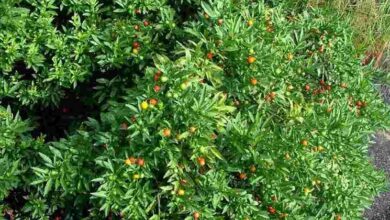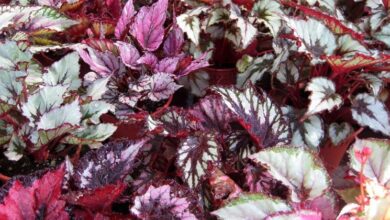Boston fern diseases: treating unhealthy Boston ferns
Boston ferns ( Nephrolepis exaltata Bostoniensis) are old-fashioned ferns with beautiful arched fronds. They need enough sun, water and nutrients to grow, and good cultural practices help keep your fern healthy. If your fern doesn’t receive the best care – or even if it does – it can be attacked by Boston fern diseases. Read on to learn more about Boston fern plant diseases.
Common problems with Boston fern
If you don’t water your potted fern properly, over- or underwatering can lead to unhealthy Boston ferns. Most fern instructions advise you to keep the soil moist at all times. But this is not the same as allowing the soil to get wet or the plant to be flooded with water.
To avoid problems with Boston ferns, water the plant thoroughly when the soil surface is dry. Continue watering until water seeps through the drainage holes at the bottom of the pot. Do not water again until the soil surface is dry.
Insufficient watering can cause graying, one of the most common problems with Boston fern. Graying is often the result of dry conditions. You’ll know if your plant is in this condition when the leaves turn gray and the plant seems to stop growing. Increased watering should solve this problem.
Although many gardeners consider tropical ferns to be short-lived plants, Boston ferns need proper lighting. If they don’t receive an average amount of light – at least two hours of indirect light year-round – their fronds become long and hanging. This is called weak foliage and is solved by increasing the amount of light.
Boston Fern Disease
If your Boston fern fronds turn gray and you have watered well, the next disease to consider is Pythium root rot. Slings can also wilt or atrophy. To confirm root rot, look at the roots of your unhealthy Boston ferns. If they are brown and atrophied, it is probably due to root rot.
The best way to prevent a Boston fern from rotting at the root is to buy disease-free plants and pathogen-free soil. You can also look in your garden store for chemicals that control this disease in Boston ferns.
These tips are also appropriate for preventing and treating other Boston fern diseases such as Rhizoctonia aerialis blight. In the case of late blight, dark lesions develop rapidly on foliage and roots. If left unchecked, the entire plant eventually becomes covered with the brown mycelium of the pathogen. If you choose to use chemicals to treat this disease, treat the soil as well.


